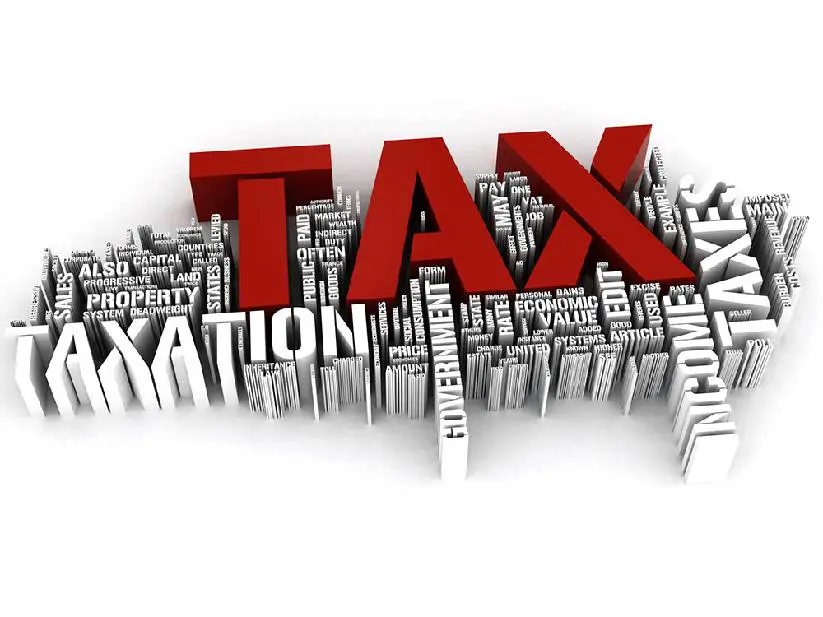How to File Tax Form 1040
Published:
FORM 1040 TAX PREPARATION
There are many different ways to obtain Tax Form 1040. The fastest and most convenient option is to download the tax form on your computer. Most post offices and local libraries carry forms around tax time, and forms can also be picked up from a tax center or an IRS office. In addition, you may request a tax form to be sent to you by U.S. Mail.
Gather the Appropriate Documents
Preparing a tax return is much less stressful when you are organized and have all the proper paperwork laid out in front of you. In general, this includes income statements (W-2 and 1099 tax forms) as well as receipts for tax deductions and contributions.
Before you begin filing your 1040 tax form, make sure you have the following information ready:
- Proof of identification
- Filing status and residency status
- Social Security Numbers for you, your spouse, and any dependents
- Dates of birth for you, your spouse, and any dependents
- A copy of your past tax return
- Statements of wages earned (e.g., W-2, W-2G, 1099-R, etc.)
- Statements of interest/dividends from banks, brokerages, etc.
- Proof of any tax credits, tax deductions, or tax exclusions
- Your bank account number and routing number (for Direct Deposit)
IRS Tax Form 1040, with payment, is due by April 15th. A six-month tax extension may be granted (with IRS Tax Form 4868) for late filing, but payments must still be made by April 15th.
FILING OPTIONS
Decide which filing method is best for you — you typically have 3 tax filing options: paper filing, tax preparation software, or hiring a professional.
Paper Filing ? Even in today’s day and age of digital technology, many people still feel more secure preparing taxes with good old pen and paper. With paper filing, you are in charge of every detail from start to finish ‘ but there is no immediate tax help available.
Tax Preparation Software ? Tax preparation software is becoming more and more popular for many reasons. Most tax preparation programs will be able to answer any questions you may have. Additionally, much of the software is built to help you take advantage of as many tax deductions and tax credits as possible. Websites like 1040.com can help you complete, print and e-file your tax return from the comfort of your home computer.
Tax Professional ? When you hire a professional to prepare your federal income tax return, you are generally cutting out all of the ‘guesswork.’ You can be confident that your return is accurate and that you are saving as much money as possible. The downside to this is that you will pass the control to the tax professional, and of course, you have to pay for this tax preparation service.
Traditional Mail vs. Online Filing
Those who are filing a paper tax return will need to mail it to the IRS upon completion. On the other hand, if you are using tax preparation software or filing through a tax professional, electronic filing may be a better option. Tax returns that are submitted electronically are often processed faster, which means a faster tax refund for the taxpayer.
TAX PAYMENTS
Individuals have many different options for paying their federal income taxes. You can pay electronically (online) with a credit card, debit card, or e-check (electronic check). Or you can pay your taxes by paper mail with a check, money order, or cashier’s check. Additionally, if you wish to pay in cash, there is an option for that as well.
Electronic Payment Options
Electronic payment options give taxpayers the opportunity to pay their taxes online, as an alternative to sending in a check or money order. Online payments can be made 24 hours a day and 7 seven days a week. Additionally, these electronic payment options are safe, secure, and easy to use.
Individuals who are using IRS e-file to file their tax return can authorize a payment through Electronic Funds Withdrawal (EFW), use a debit or credit card, or enroll in the U.S. Treasury’s Electronic Federal Tax Payment System (EFTPS). Both the EFW and the EFTPS options are free of charge.
Payments by Check, Money Order, or Cashier’s Check
If you are making a tax payment by check, money order, or cashier’s check, be sure that it’s made payable to the ‘United States Treasury’ (or ‘U.S. Treasury’). Write your Social Security Number (or Employer Identification Number), the tax period, and the related tax form number on your check or money order. Finally, make sure to mail the payment to the correct address, as listed on your tax notice or tax form instructions.
Cash Payments
Note that cash payments can only be made in person at a local IRS Office — do not send a cash payment for your taxes through the mail! You can check the IRS website for office locations throughout the country.
Late Payments
Whether you are filing late and/or paying late, the IRS urges taxpayers to pay their bill in full. It is always recommended that you pay as much of what you owe as you can, and as soon as you can. The longer you wait, the more late fees and interest charges that can accrue.
According to the IRS, ‘If taxes are not paid, and no effort is made to pay them, the IRS can ask a taxpayer to take action to pay the taxes, such as selling or mortgaging any assets owned or getting a loan. If effort is still not made to pay the bill, or make other payment arrangements, the IRS could also take more serious enforced collection action, such as levying bank accounts, wages, or other income, or taking other assets. A Notice of Federal Tax Lien could be filed that may have a detrimental effect on a taxpayer’s credit standing.’
IRS Payment Plans
If you cannot pay the full amount due with your income tax return, you can ask the IRS if they will allow you to make monthly installment payments for the full amount or a partial amount. However, keep in mind that you will be charged interest and also possibly a late payment penalty on the tax not paid by the date your return is due, even if your request to pay in installments is granted.
You can make your payments by check, money order, credit card, or with a different payment method. After The IRS receives each payment, they will send you a notice showing the remaining amount that you owe, and the due date and amount of your next payment. However, if you choose to have your payments automatically withdrawn from your bank account, you will not receive these notices in the mail.
Keep in mind, your bank statement is your record of payment. The IRS will also send you an annual statement showing the amount you owed at the beginning of the year, all payments made during the year, and the amount you owe at the end of the year. If you do not make your payments on time, or you do not pay any balance due on a return you file later, you will be considered ‘in default’ on your installment agreement and the IRS may take action against you ? such as filing of a ‘Notice of Federal Tax Lien’ or an IRS levy action ? to collect the entire amount you owe. To ensure that your payments are made in a timely manner, you should consider making them by electronic funds withdrawal.
Click HERE to file your tax return online.



